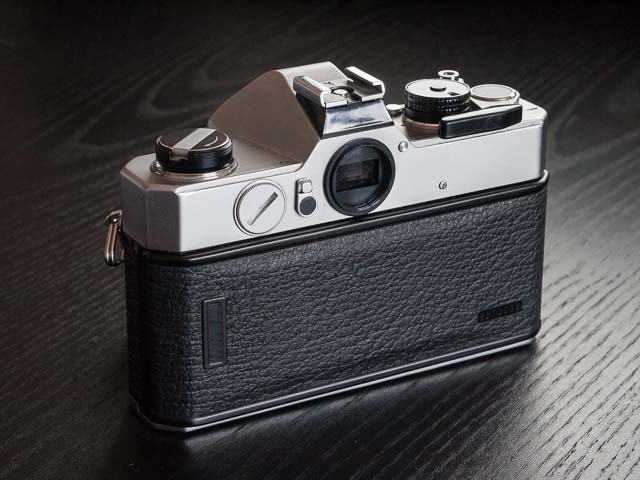Fujica ST901

In the early 1970s there was a small band of surprisingly sophisticated cameras using the old M42 screw mount:
- Pentax ES (1973, with the upgraded ES II launched in 1974)
- Fujica ST901 (1974)
- Chinon CEII Memotron (unknown launch date)
These cameras all featured open aperture metering, automatic electronic shutters and, in the case of the Fujica shown here, a digital LED shutter speed display in the viewfinder. The problem with both the Fujica ST901 and the Pentax ES was that they were really automatic only cameras. Although they both had shutter speed dials these were really only there to give access to a limited number of mechanical shutter speeds for occasional use when your batteries ran out. Neither camera offered any kind of metering in manual mode. The only one of these camera to offer a manual mode with metering and a full selection of shutter speeds was the Chinon.

Of course the Fujica had the unique selling point of the digital LED shutter speed readout in the viewfinder, the first camera with such a feature. But the shutter speed readout isn’t as sophisticated as it might first appear. There are four digits to allow the 1000th second top shutter speed to be displayed, but only the first digits was able to display the full range of numbers from 0-9. The other three digits could only display 0s. So shutter speeds like 250th would display as 200, and 125 would display as 100. So the display only gives a rough indication of the shutter speed being used.
There is some debate about which of these cameras represents the zenith of screw mount camera technology: the Fujica offers the unique digital shutter speed display, but since only the Chinon offers a full metered manual mode, the Chinon gets my vote! But the Chinon doesn’t have the luxury build quality of either the Pentax or the Fujica.
Another problem with all these cameras is that in order to provide open aperture metering a variety of new pins, levers or gears were added to the lens mount to allow the required communication between camera and lens, and each manufacturer used a different configuration of pins/levers. So in order to use all the features of these camera you have to use the correct lenses from the correct manufacturer. Mount an older lens or a lens from another manufacture and you were back to the stop down metering that older screw mount cameras used.
The big advantage of the M42 screw mount was that it was a kind of universal mount that allowed you to choose any M42 lens you liked from any manufacturer. But as the need for communication between camera and lens grew the M42 mount lost this advantage. Very soon all these manufacturers stopped trying to flog the dead horse of the M42 mount and switched to bayonet mounts.
This particular Fujica ST901 example is in beautiful condition, but unfortunately the shutter only works in the very limited manual mode. If I should ever get it fixed I will of course run a film or two through it!

